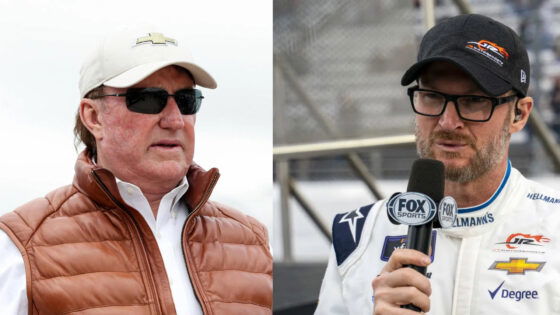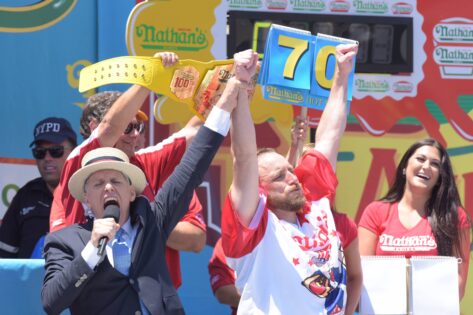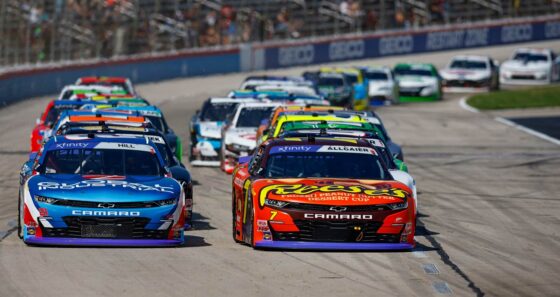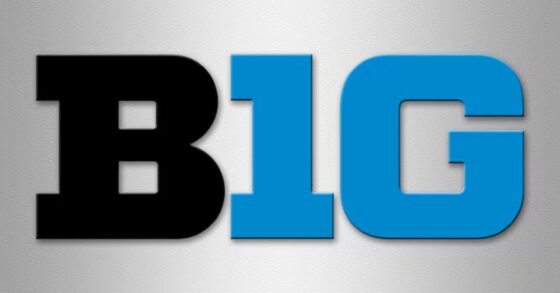It’s not often you see the garage bustling with tension before the engines even cool, but the last two NASCAR Xfinity Series weekends have felt more like courtroom drama than racing. With Indy’s shrapnel barely swept off pit lane and tempers from Road America still simmering, Austin Hill, the hard-nosed driver for Richard Childress Racing, is again at the heart of the storm. From late-race fireworks to heated post-race radio chatter, Hill’s every action right now is under a magnifying glass.
Dale Earnhardt Jr., whose opinions carry rare weight in the paddock, spent much of this dissecting Hill’s relentless style and what’s happening in those split seconds. But as fans pour into social media corners armed with slow-motion replays and strong opinions, Dale Jr. found a moment to bring a nuanced perspective to Hill’s recent moves just as the debate reaches a fever pitch and everyone’s trying to pick sides.
Dale Jr. offers nuanced defense amid backlash
Dale Earnhardt Jr. took a calm and thorough approach to address the controversy swirling around Austin Hill’s recent race incidents, especially the latest at Indianapolis, where Hill’s aggressive move into Aric Almirola’s right rear sparked outcry. Dale Jr. insisted the move was not a “right hook,” a term often used to denote a deliberate, dirty hit.
“This is not the same thing that happened at Indy,” he said, distinguishing the two controversial moments and framing the most recent as part of hard-racing dynamics rather than intentional wrecking. He broke down the racing line and mindset, pointing out that Hill was on the inside, close to the left rear of the car ahead as they exited the carousel, a notorious and demanding corner, making a calculated move for position.
“He’s thinking, ‘I’m making my chance,’” said Dale Jr., explaining on his podcast that what some interpret as recklessness is often a razor-thin gamble in pursuit of advancement. He referenced Cup Series examples where drivers pushed unusual lines, explaining that changing corner exit tactics are becoming more common with the new runoff areas and modern car handling.
Dale Jr. also highlighted a key aspect of Hill’s racing identity: he’s not a driver who backs down easily, nor one to give up opportunities. “Austin Hill… I don’t believe is the kind of guy that gives… and he’s not gonna… cut the break.” While Dale Jr. expressed skepticism about Hill’s claim that a previous controversial wreck at Indy was unintentional, “I don’t buy it… I don’t think anybody does,” he made clear the current incident deserved different scrutiny. He said the recent contact was avoidable but not out of line with typical racing aggression, especially from a driver emerging from suspension who’s willing to “toe the line.”
The conversation also underscored the complex reality of NASCAR’s enforcement challenges, where sometimes judgment calls blur the line between hard racing and recklessness. Dale Jr. acknowledged that while Hill’s approach doesn’t always earn public favor, it reflects a fiercely competitive mindset that defines many of the sport’s tough contenders. This more nuanced view stands in contrast to the louder social media storm, urging fans and officials alike to deliberate intent and context before assigning blame.
Austin Hill owns up to mistakes at Watkins Glen
Following the massive crash at Watkins Glen that triggered an 11-car wreck and a lengthy red flag, Austin Hill defensively admitted responsibility for the incident.
Late in the race, as Hill was battling Michael McDowell for second place, he attempted a risky move along the outside at the exit of the carousel. Trying to get alongside McDowell’s car as the guardrail loomed, Hill clipped McDowell’s left rear, sending McDowell’s car violently into the barriers and sparking a chaotic pileup involving numerous drivers.
Hill candidly said, “I know that when I go to my grave way down the road that it wasn’t done on purpose.” he also added, “everyone wants to blame me for it… I’ll take the blame for it… I mean… I could have lifted… and uh… lived to fight another corner… and unfortunately… uh… that’s not what happened”
Hill explained he was aiming to catch McDowell off guard and create an opening to challenge for the lead, noting they were trying to close the gap on the leader, Connor Zilisch.
Despite the aggressive move, Hill insisted there was no malicious intent. The collision caused extensive damage and forced several drivers out, with the race halted for over 45 minutes to clear the track and repair barriers. This incident came just after Hill’s one-race suspension for a prior incident at Indianapolis, adding fuel to the narrative that Hill’s aggressive style is a double-edged sword, one that brings both opportunities and controversy.
The post Dale Jr. Clears Richard Childress’ NASCAR Star of Blame After Two Straight Controversial Races appeared first on EssentiallySports.



